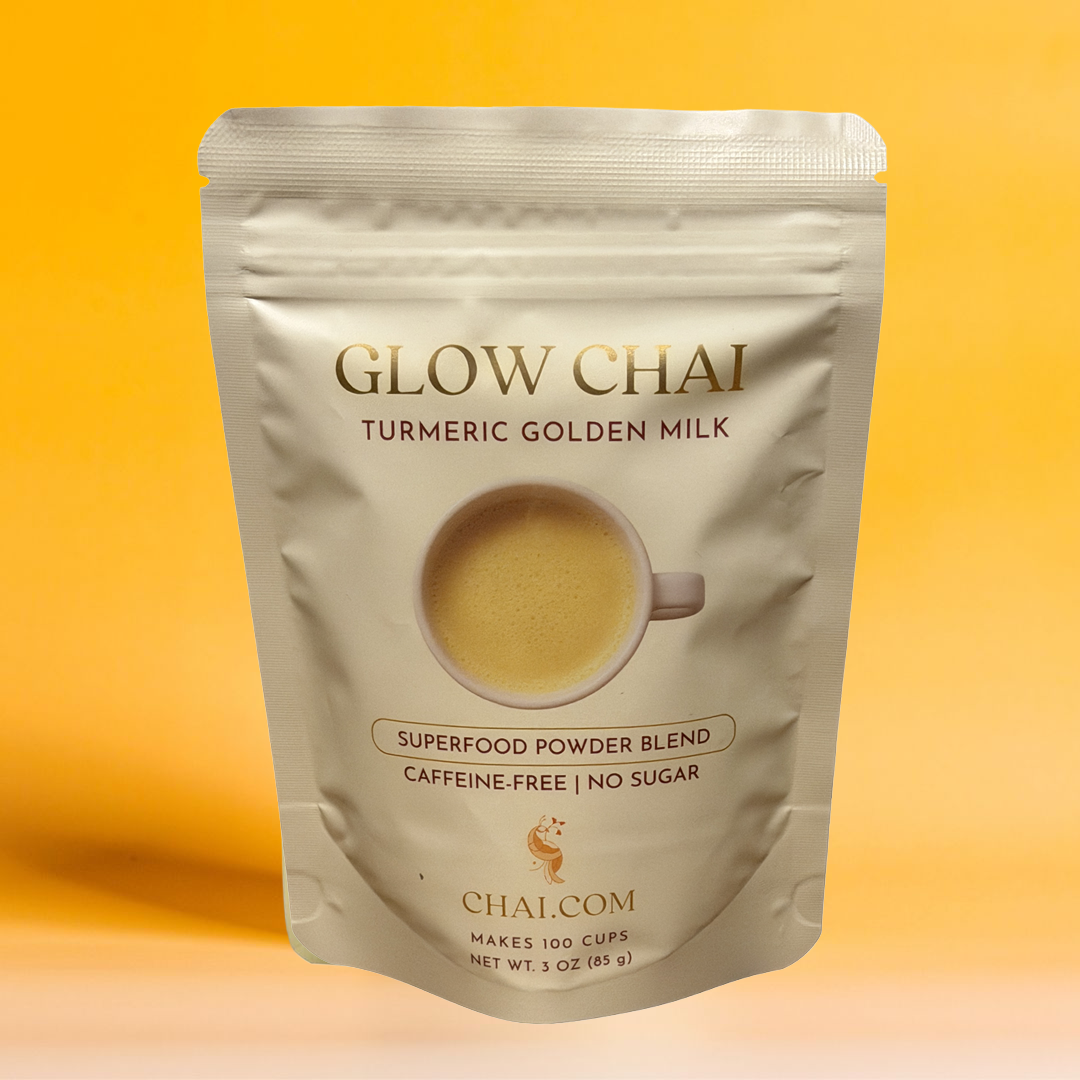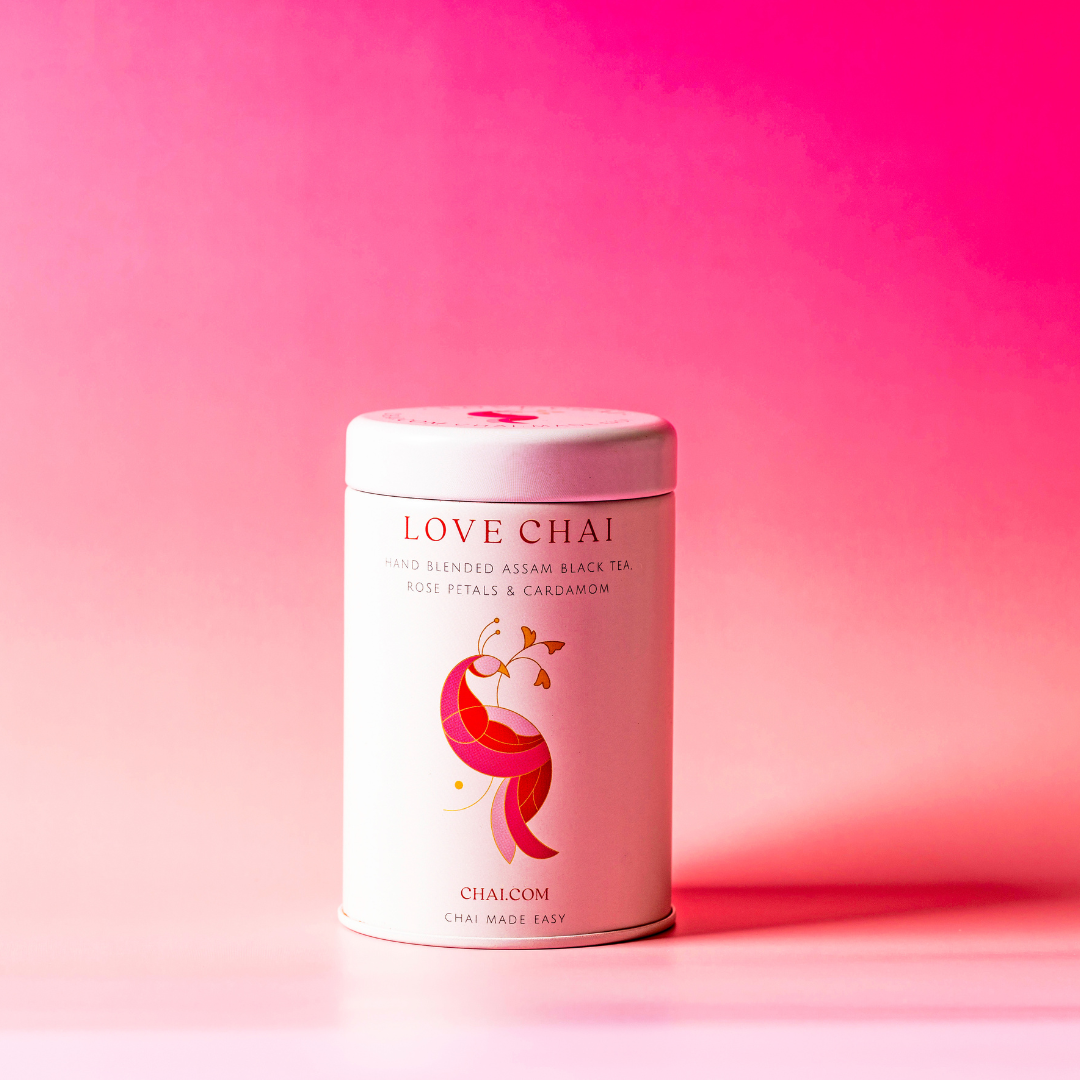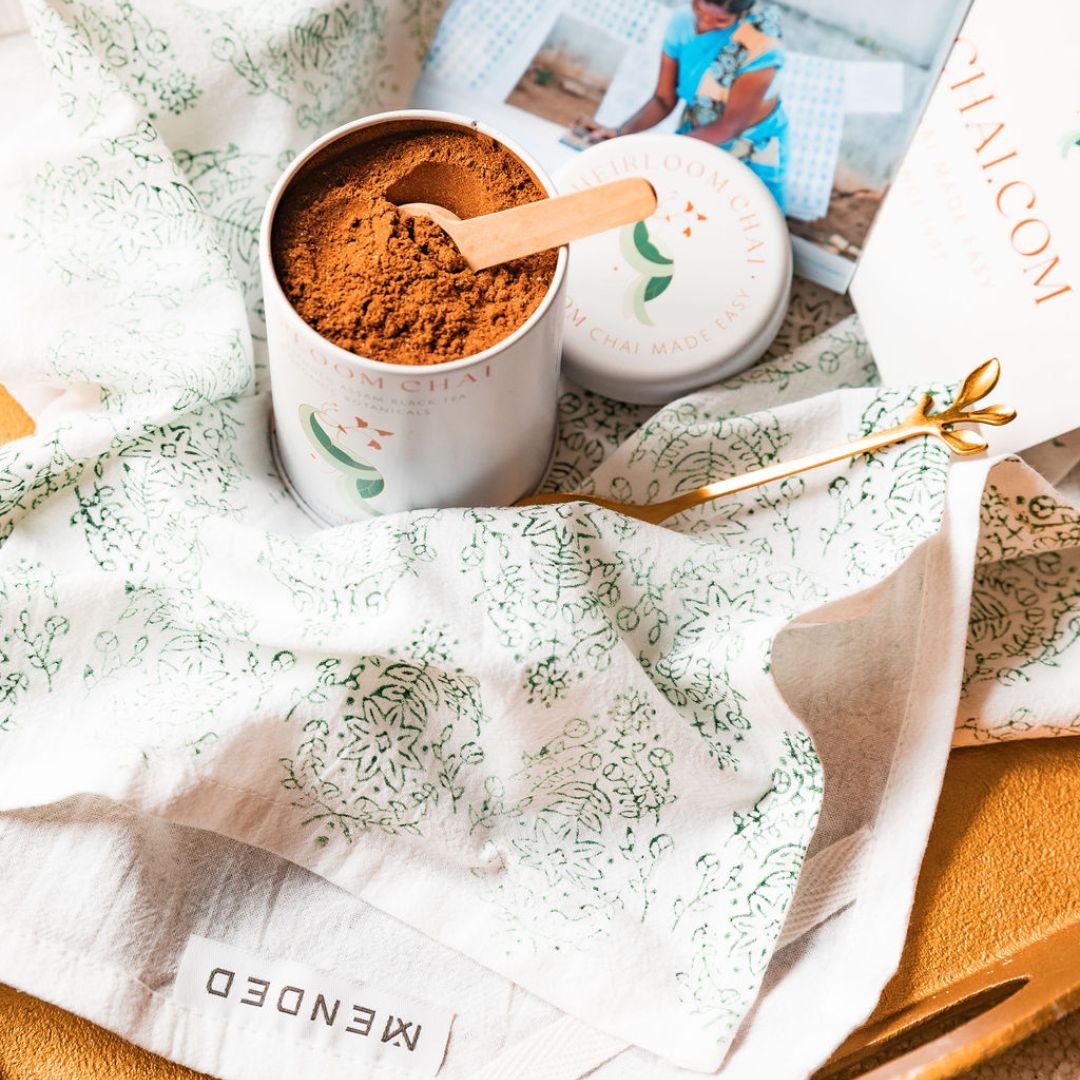As the days grow shorter and the air gets crisp, there’s a collective longing for warmth and comfort that sweeps over us. It’s a phenomenon as old as time, and one that transcends culture and geography. When the weather gets cool, we find solace in the embrace of comforting foods, like a steaming cup of chai, hearty soups, or a slice of apple pie. But why do we crave these cozy indulgences when the temperature drops? Let’s explore the psychology, biology, and cultural significance behind our desire for comfort food in chilly weather.
1. Evolutionary Roots of Craving Comfort Food
Our cravings for comfort food in cool weather have deep evolutionary roots. Back when our ancestors roamed the earth, survival depended on storing energy for the winter months. As the temperature dropped and food became scarcer, the body adapted by encouraging the consumption of calorie-dense foods to stock up for the winter. This natural inclination still lingers within us today, making us yearn for heartier meals when the temperature dips.
2. Psychological Warmth
Chai, with its aromatic blend of spices and warmth, offers not just physical warmth but also a psychological one. When you hold a cup of chai, you’re cradling more than just a beverage; you’re nurturing your spirit. The soothing aroma and the familiar taste transport us back to simpler, cozier times, evoking feelings of security and comfort. In psychology, this phenomenon is known as “mood congruence,” where our food choices align with the emotions we seek to experience.
3. A Blanket for the Soul
Cool weather often brings a sense of vulnerability and isolation. The act of sipping chai or enjoying a bowl of chicken soup becomes like wrapping ourselves in a warm, cozy blanket. Comfort food provides a tangible sense of security, assuring us that everything will be alright. It’s like a familiar embrace from within.
4. The Nostalgia Factor
Comfort food often has strong ties to our cultural and personal histories. For many, the recipe for the perfect chai or a beloved family dish is passed down through generations. These foods are imbued with cherished memories, reminding us of times spent with loved ones, celebrations, and moments of joy. When the weather turns cold, indulging in these familiar flavors is a way of connecting with our past and those who have shaped our lives.
5. The Art of Hygge
In recent years, the Danish concept of “hygge” has gained popularity worldwide. It’s all about creating a warm, cozy atmosphere and enjoying the good things in life with good people. Comfort food, like a pot of stew or a cup of chai, perfectly embodies the spirit of hygge. The act of preparing and savoring these foods fosters a sense of togetherness and contentment.
6. The Science of Satiety
On a physiological level, comfort foods often contain a blend of carbohydrates and fats, which stimulate the brain’s reward centers. These foods trigger the release of feel-good chemicals like serotonin and endorphins, promoting a sense of happiness and satisfaction. So, it’s no wonder that when the weather gets cool, our bodies naturally gravitate towards dishes that make us feel good.
7. Cultural Significance
Around the world, different cultures have their own versions of comfort food that are deeply intertwined with their culinary traditions. For some, chai is not just a beverage but a cultural icon. It’s shared during social gatherings, offered as a sign of hospitality, and savored as a daily ritual. Similarly, in other parts of the world, dishes like mac and cheese or pho hold a special place in people’s hearts during the cooler months.Our cravings for comfort food like chai when the weather gets cool are a beautiful blend of biology, psychology, and culture. These foods not only warm our bodies but also our souls, offering a sense of security, nostalgia, and happiness. So, as you wrap your hands around a mug of chai on a chilly day, know that you’re participating in a timeless tradition that connects us to our roots and to each other.






